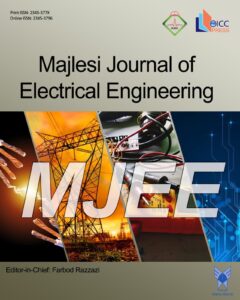Technical and Economic Model of the Conductor Cross-Section for Active-adaptive Electrical Networks
Authors
Abstract
There can be observed a gradual transition of the electric power industry to the innovative technology platform “Smart Grid” around the world; in Russia it is done on the platform of an intelligent electrical grid with an active-adaptive network, which becomes one of the most important subsystems. There are new elements of power transmission lines, among which new generation conductors (NGC) are being actively introduced. However, the high cost of innovations in the power grid complex makes their use quite slow. The conductor cross-section is the most significant parameter of the power transmission line; it determines its main technical and economic indicators. The problem of choosing economically reasonable conductor cross-sections stems from the need to ensure the required level of reliability of power transmission lines, determines the most effective way to invest money and reduce the cost of electricity transportation. Modern requirements for the feasibility study of design solutions increase the economic significance of the problem to determine the economically feasible conductor cross-sections for the power transmission lines. At the same time, there is no method for choosing the optimal conductor cross-sections of NGC. An incorrect choice of the conductor brand and its cross-section can lead to unjustified costs for the construction and reconstruction of power transmission lines and increase the cost of electricity transmission. In the article there is the analysis of existing methods of project decisions feasibility; it was taken as the basis to develop the technical and economic model of a conductor cross-section for active-adaptive electrical grids, taking into account the thermal model of the conductor and the random nature of the change of current running through the power transmission lines.



